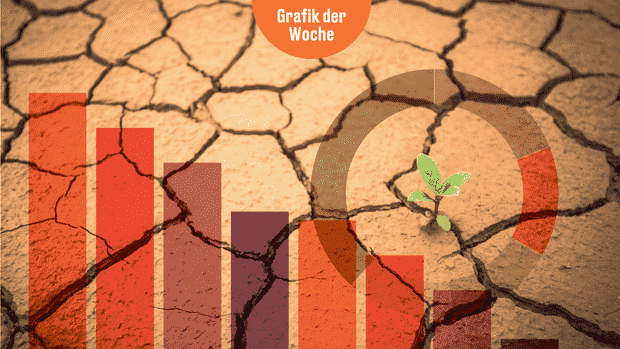Dusseldorf The number of natural disasters has increased since the turn of the millennium. In particular, weather-related events – floods and storms – have become more numerous. The United Nations lists 1,389 floods worldwide from 1980 to 1999, and more than twice as many in the period from 2000 to 2019: 3,254. The researchers counted 1,457 storms in the 1980s and 90s and 2043 from 2000 onwards. Experts attribute this to climate change.
But the disaster that affects most people is water shortage. This is because droughts usually affect large areas and they last for months or even years. Food production is declining. According to Welthungerhilfe, agriculture is the world’s largest water consumer at an average of 70 percent. But other sectors of the economy are also suffering.
The number of conflicts in which water plays a role has also increased. Water scarcity and overexploitation lead to conflicts, for example between pastoralists and farmers or between urban and rural populations.
Violence is directed against infrastructure, but also against people. Dam projects lead to cross-border conflicts, for example between Ethiopia and Egypt over the water of the Nile. The competition for water often exacerbates ethnic or religious differences, some of which have existed for generations.
Water is also used as a weapon. Water treatment plants, desalination plants and irrigation canals are repeatedly the target of attacks during the war in Yemen. Destroying them makes it difficult for the population to get food and leads to diseases.
Droughts are now among the most costly natural disasters. They cause major economic damage, especially in the industrialized countries of the northern hemisphere. Because not only agriculture is affected, industry is also hampered, for example because there is no cooling water for power plants or rivers carry too little water to transport goods as usual.
In Germany, for example, almost 200 million tons of goods are transported by inland waterway vessels every year, most of them on the Rhine. Due to the persistent low water in 2018, for example, industrial production was 1.5 percent lower than at normal times, according to IfW estimates.
More: Summer drought and microplastics: How the government wants to protect water in Germany



